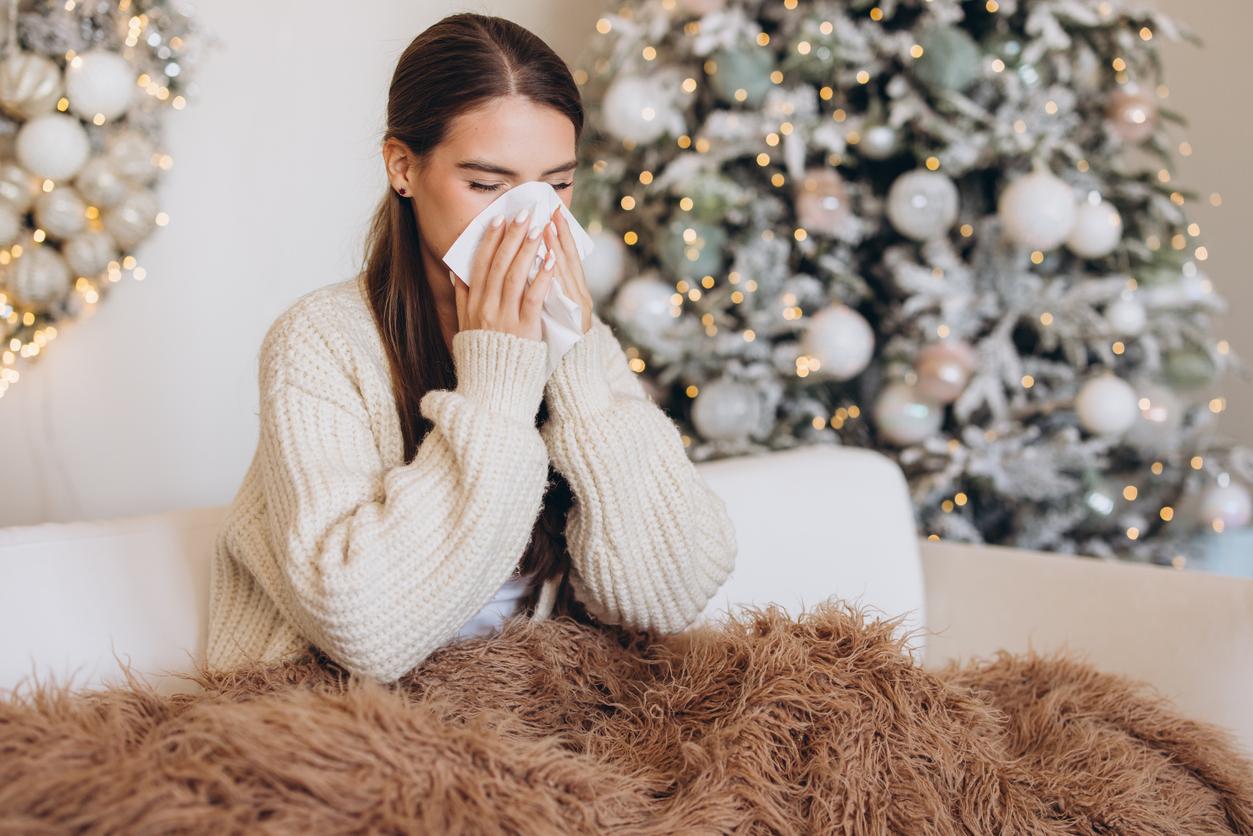More than 300 accidental drownings, including 79 fatalities, occurred in France between the beginning of June and the beginning of July. Public Health France is alarmed and points to the lack of physical activity and weight gain due for many to successive confinements.

- The two age categories most represented among accidental drownings are children aged between 0 and 5 years (21%) and people aged 65 and over (25%).
- Drownings followed by death are more numerous after 45 years compared to other age groups.
The first results summer holidays published today by Santé Publique France report a total number of 654 drownings that occurred in France between 1er June and July 5, including 314 documented accidental drownings, including 79 followed by death (25%). Compared to 2018 over the same period, the number of accidental drownings increased by 22% (from 257 to 314) and the proportion of deaths by 58% (from 50 to 79).
“These drownings occurred in a context of the lifting of the restrictive measures deployed for the management of the COVID-19 epidemic, which may have led to a significant reduction in physical activity and weight gain among the French”, comments Public Health France. “It is therefore crucial to recall drowning prevention measures at all ages, emphasizing the importance of taking into account the physical form and state of health of each person”, continue the experts.
How to prevent drowning in adults
For a gradual and safe resumption of swimming, especially after a decrease or absence of physical activity:
– Take your physical condition into account;
– Do not bathe if you feel a physical problem (fatigue, health problems, chills, body aches, etc.);
– Adapt the intensity of your swimming to your abilities and do not overestimate your swimming level. When resuming swimming after a break, focus on short distances. Before you go swimming, make sure your physical condition allows you to return.
– Remember that it is more difficult and tiring to swim in a natural environment (sea, lake, river) than in a swimming pool;
– Do not hesitate to consult a doctor to help you resume swimming.
Public Health France also recalls the simple gestures that must be adopted by adolescents and adults to swim safely:
– For those who don’t know, it’s never too late to start learning to swim.
– Find out about the weather conditions and, in general, respect the safety instructions, bathing bans and choose supervised bathing areas marked with bathing flags, where the intervention of rescue teams is faster.
– Warn a relative before bathing.
– Enter the water gradually, especially after long exposure to the sun.
– Avoid alcohol consumption before bathing and during.
How to prevent drowning in children
For the little ones, vigilance is also required, regardless of the body of water in which they play. It is absolutely necessary:
– Teach children to swim as early as possible and familiarize them with aquatic ease from an early age.
– Supervise children at all times, always stay close to them when they are playing at the edge of the water and bathe with them when they are in the water.
– Each child must be supervised by a single adult who takes responsibility for it.
– Pay special attention when swimming in “above-ground” pools (not buried) which do not have a safety device.
In 2021, deaths in waterways and bodies of water accounted for 44% of total deaths and unlike 2018, these deaths did not only concern adults, but also children and adolescents. Accidental drownings were more numerous in the coastal regions, particularly in Provence-Alpes-Côte d’Azur and Occitanie, as well as in the Auvergne-Rhône-Alpes region, which has many rivers and bodies of water.
.
















